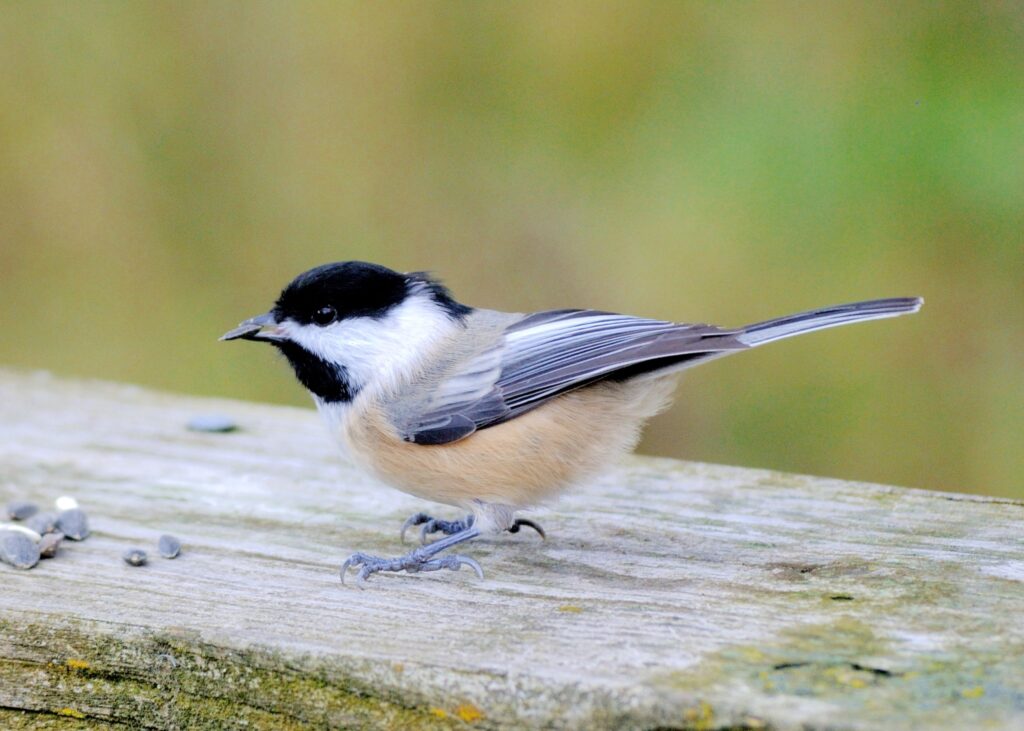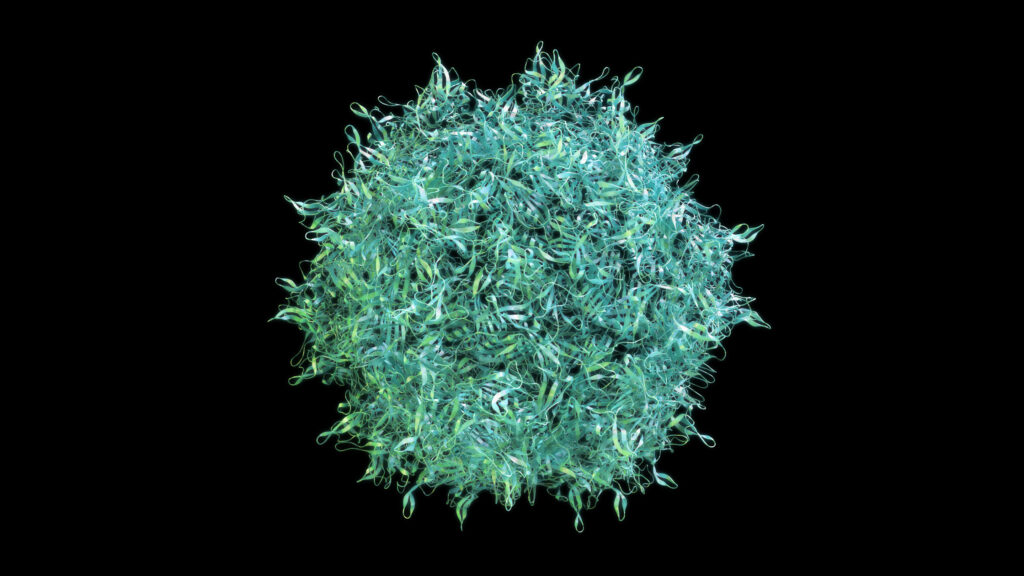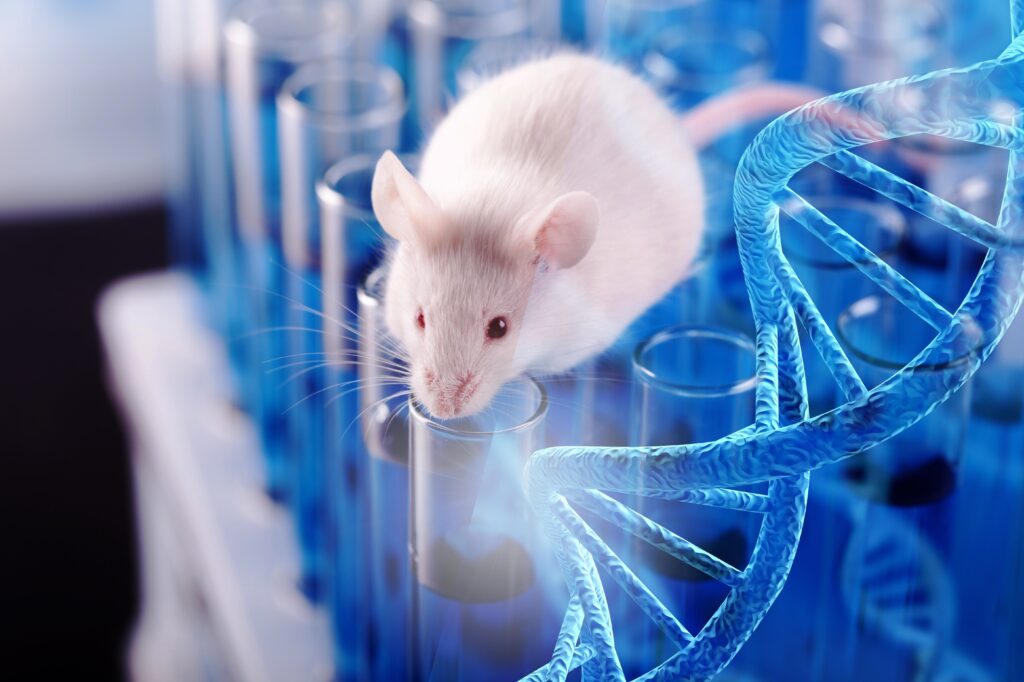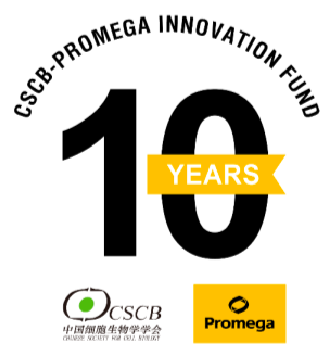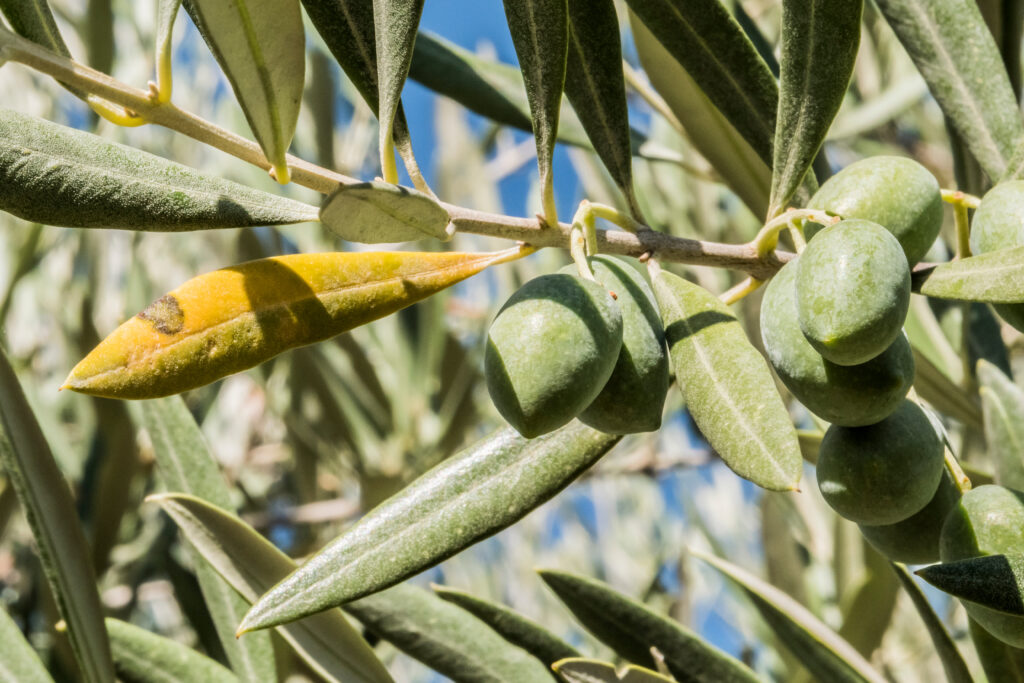Katelyn Geleynse presses the button and the machine groans to life. The massive metal plates shift until a half-ton of compressed plastic tumbles out onto the waiting pallet. The crowd cheers. Permanent markers are passed around and everyone takes turns signing the massive block.
It’s February 16, 2024, and the members of the Promega Sustainability Committee are gathered to witness the first bale of plastic film being ejected from the Madison campus’s new baler. It’s only the first bale, but it represents a major step in the company’s efforts to reduce plastic waste.
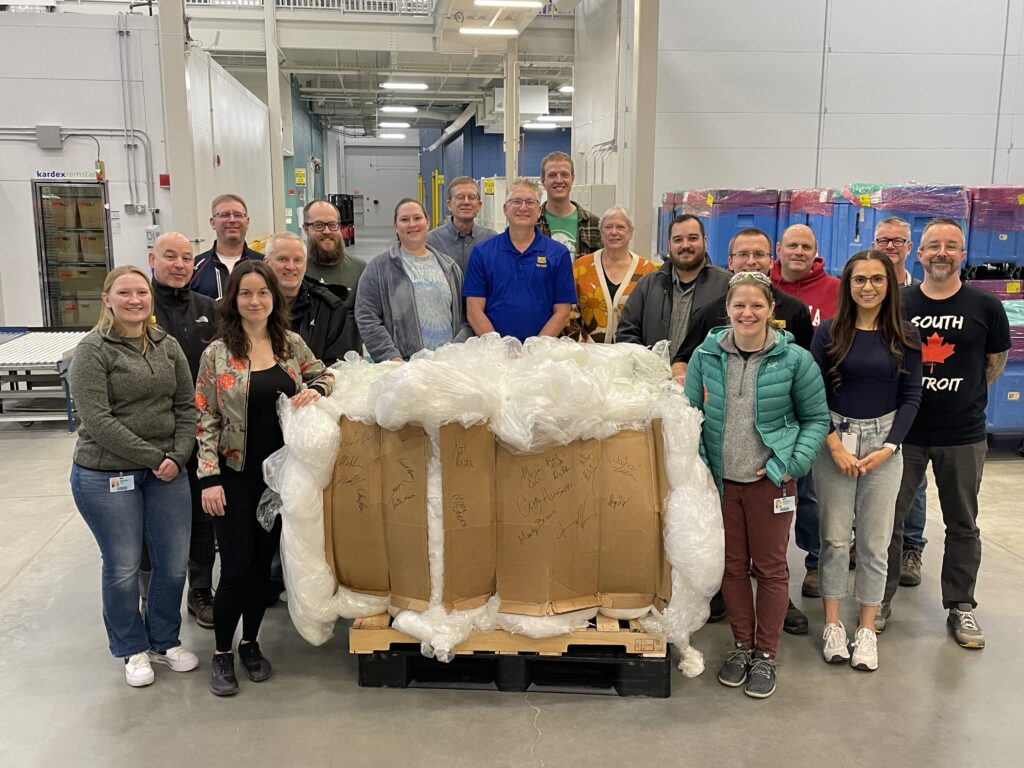
“All of this would have gone to the landfill if we hadn’t set up this program,” Katelyn says. “It feels good to know that at least some of my waste is getting a second life.”
Plastic film is notoriously difficult to recycle and takes decades to break down in a landfill. The Promega initiative to divert this waste was started by a small group of employees who noticed a problem and worked for over a year to build a sustainable solution. What began as a small volunteer operation grew to spur capital investment in a process that will rescue around 35,000 pounds of plastic per year.
Continue reading “Employee-Led Program Reduces Landfill Waste by Rescuing Plastic Film”

